Species Photo Gallery for Telamona stephani No Common Name 16 |
 | Photo by: K. Bischof
Transylvania Co.
Comment: GORG | 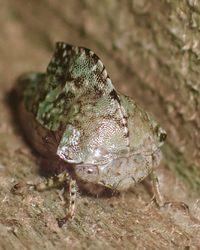 | Photo by: tom ward
Buncombe Co.
Comment: |
 | Photo by: tom ward
Buncombe Co.
Comment: | 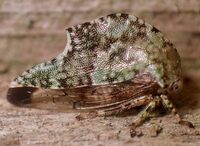 | Photo by: tom ward
Buncombe Co.
Comment: |
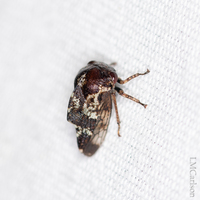 | Photo by: Lior Carlson
Orange Co.
Comment: | 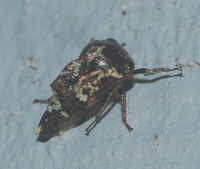 | Photo by: Vin Stanton
Buncombe Co.
Comment: |
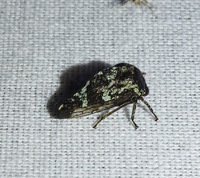 | Photo by: Randy Emmitt
Orange Co.
Comment: uv light |  | Photo by: Randy Emmitt
Orange Co.
Comment: landed on my shirt as soon as I got out there! Then went to the UV lights. |
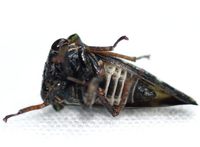 | Photo by: Kyle Kittelberger
Wake Co.
Comment: open habitat near mixed hardwood forest edge; on a lawn | 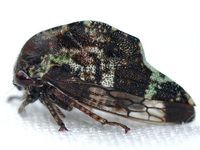 | Photo by: Kyle Kittelberger
Wake Co.
Comment: open habitat near mixed hardwood forest edge; on a lawn |
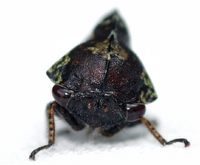 | Photo by: Kyle Kittelberger
Wake Co.
Comment: open habitat near mixed hardwood forest edge; on a lawn | 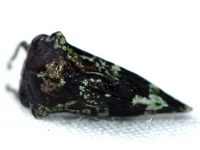 | Photo by: Kyle Kittelberger
Wake Co.
Comment: open habitat near mixed hardwood forest edge; on a lawn |
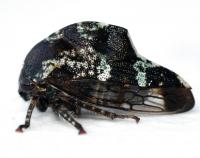 | Photo by: Kyle Kittelberger, Brian Bockhahn, Paul Scharf
Surry Co.
Comment: open habitat near mixed hardwood forest on top of pinnacle | 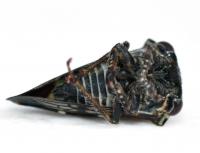 | Photo by: Kyle Kittelberger, Brian Bockhahn, Paul Scharf
Surry Co.
Comment: open habitat near mixed hardwood forest on top of pinnacle |
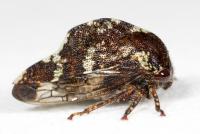 | Photo by: Patrick Coin
Orange Co.
Comment: |  | Photo by: B. Bockhahn
Stokes Co.
Comment: |
|

 »
»


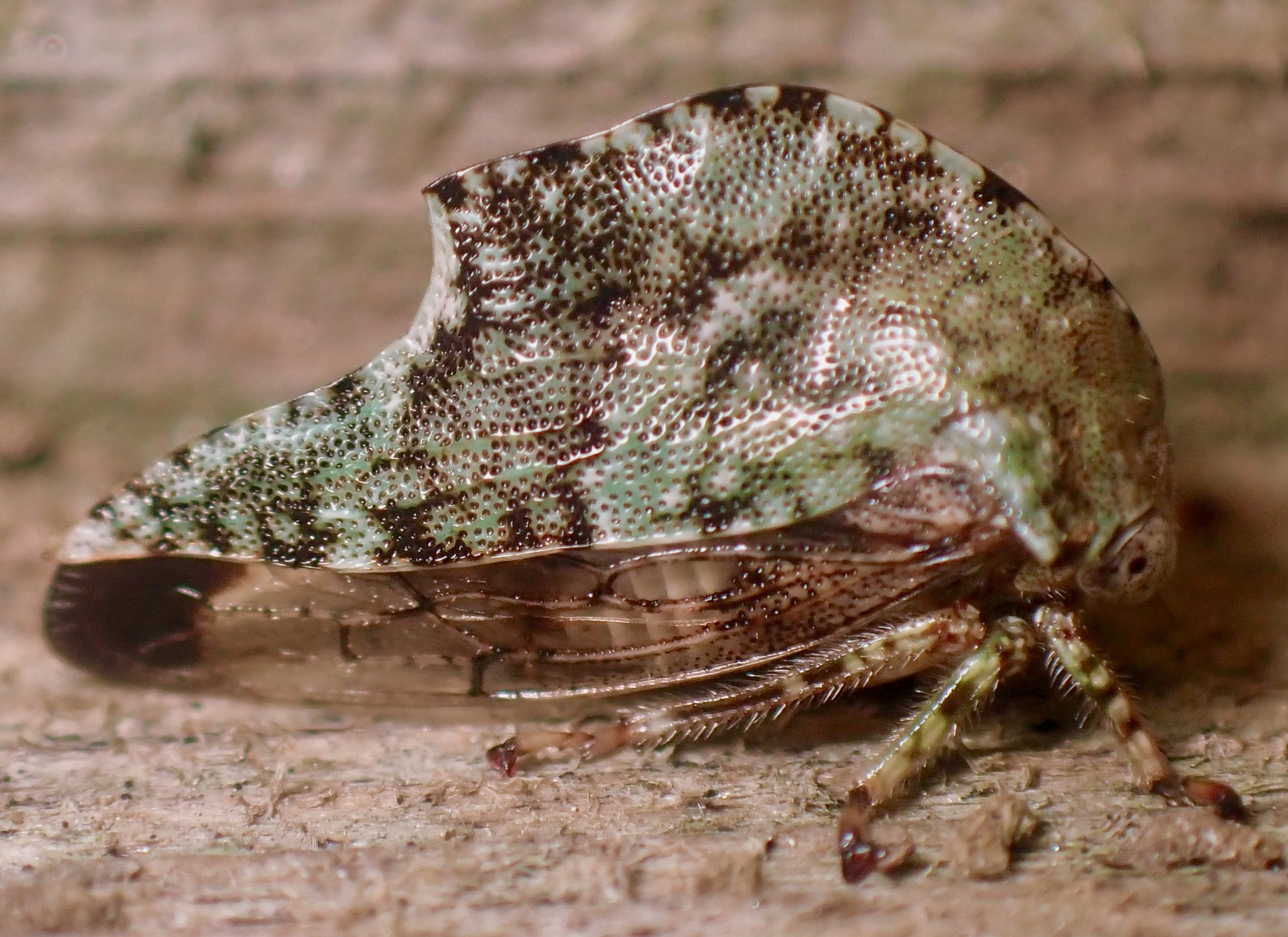

 »
»


